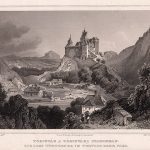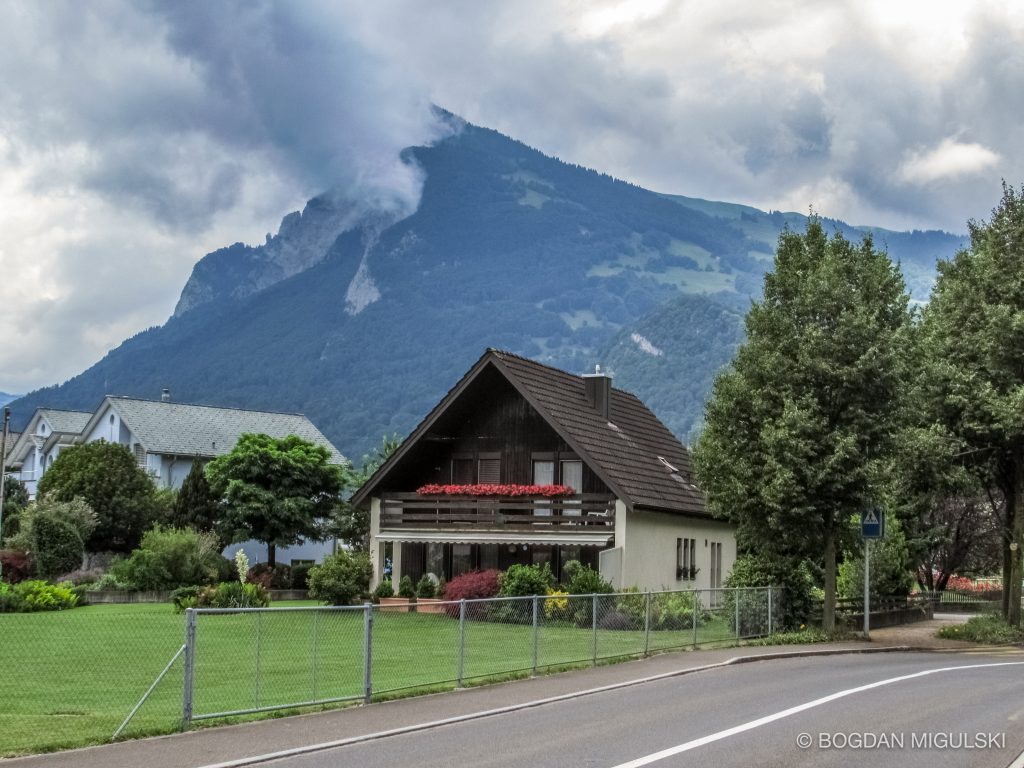
The proof of continuous settlement in Balzers can be found from the early Stone Age (about 3000 B.C.), to the modern day.
Historically, the present-day form of the village consists of two different villages, the actual Balzers in the east and Mäls in the west. Not visible to the unaware, the division still persists in the local village culture, where it manifests in half-serious local competition. Some customs, such as the “Funken” a springtime ritual with pre-Christian origins involving a huge bonfire, are still being practised by each separately. The two parts were first mentioned in 842 as Palazole.
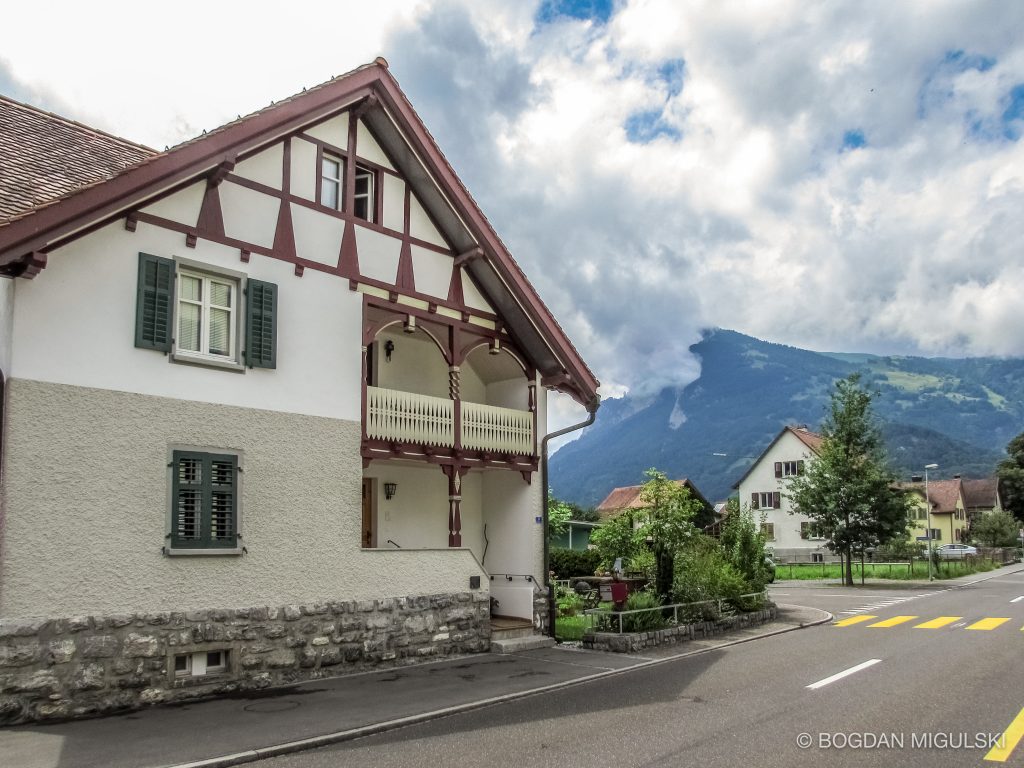
In the northern part of the village archaeologists found the foundations of Roman buildings in 1933 and 1967. The finds included sixty Roman coins (from 46-42 B.C.) that point to the Roman rule of Balzers, highlighting the history of the twin villages of Balzers and Mäls, where the Rätische Mäls is the older of the ‘twins’. While “Meilis”, as Mäls is called in the Rätic language, cannot so far be interpreted etymologically, the name Balzers (Palazoles) can be linked with the Latin “palatium” (Lordship, Pfalz).
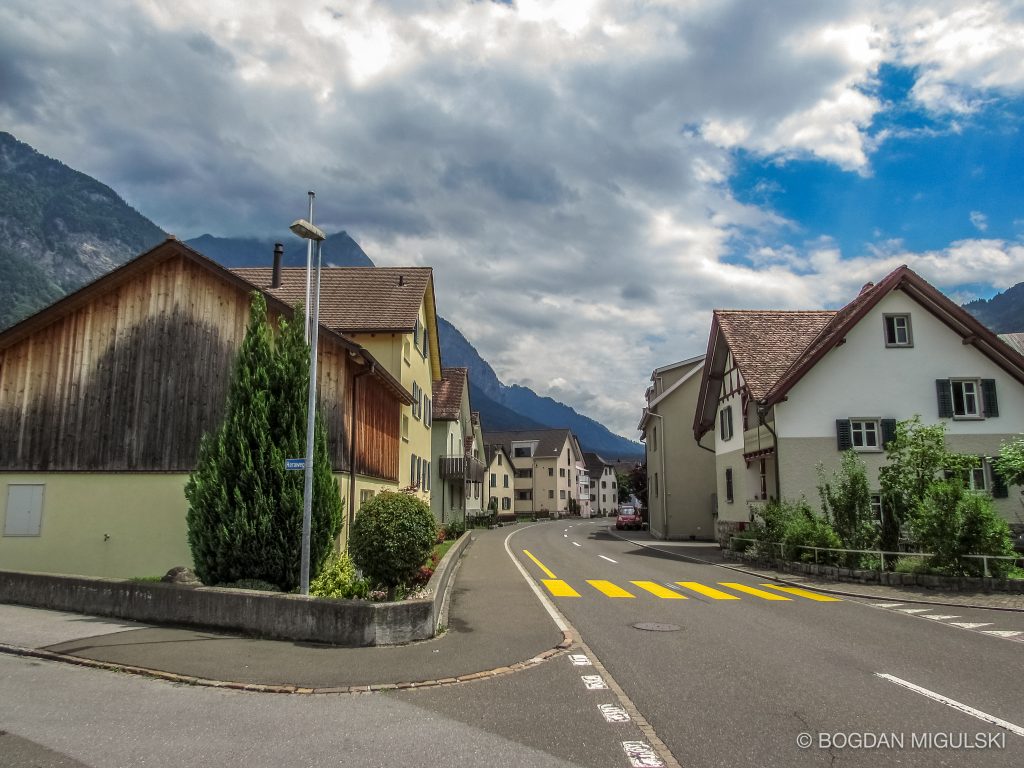
Since subjecting the Rätians (15 B.C.) to the “Imperium Romanum” the location as a “village on the Knights road” has shaped the Balzner history, since the road led across the alpine Julier and Spluegen passes along the mountain-slope through the village. Balzers experienced rapid development in the twentieth century – a testament to the continued importance of its location.
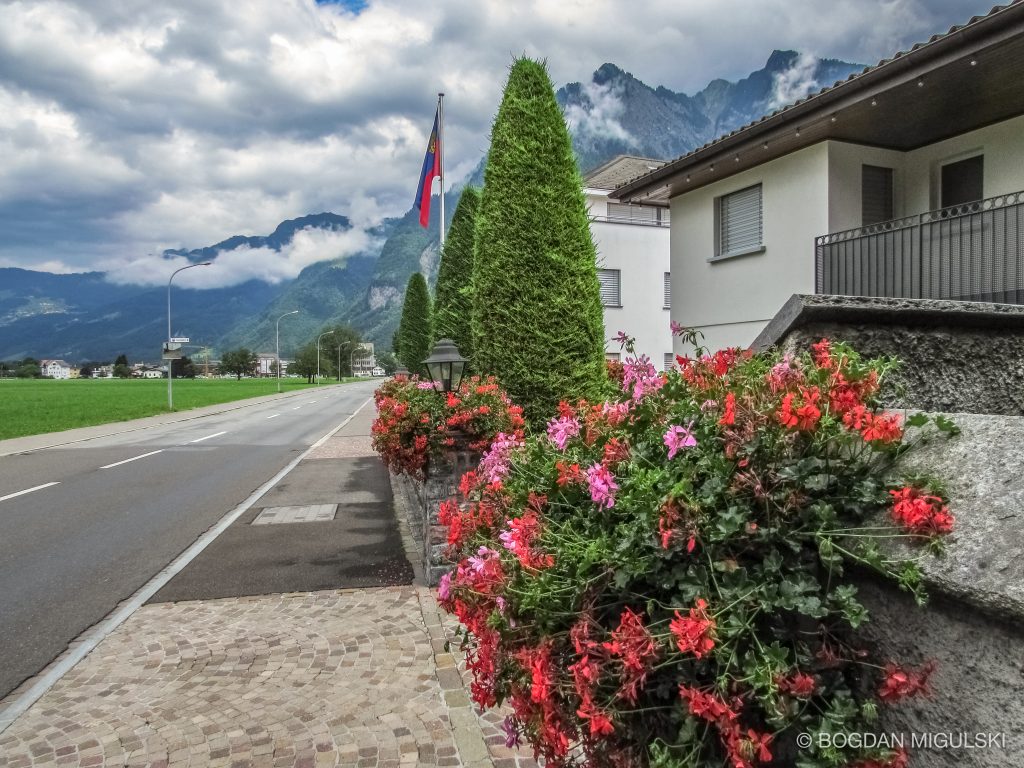
The archaeological finds of 1934 at the south foot of the Gutenberg castle hill provided the most southerly discovery of the “Rössener culture.” Early and the late Bronze Age remains have also been found around Gutenberg.
Balzers is the home of the Burg Gutenberg, a 12th-century castle which is located on a rocky hill in the center of the town.
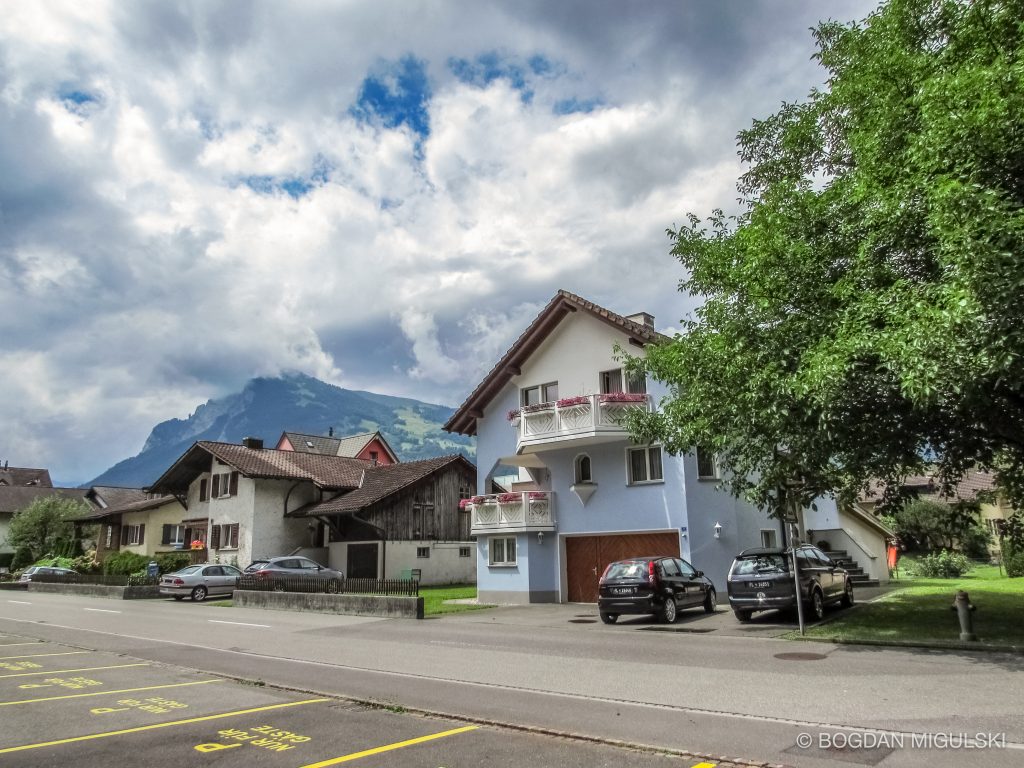
Whilst it only has 4,368 inhabitants, the village has seen a rapid industrialisation. Balzers is the southernmost village in Liechtenstein and is approximately 472 m above sea level with an area of 19.6 square km. With its important and interesting historical past, the village has felt obliged to continue to care for its environment. The village council therefore promises that each inhabitant is ensured a healthy life in a beautiful environment. Source: Wikipedia and About Liechtenstein.



